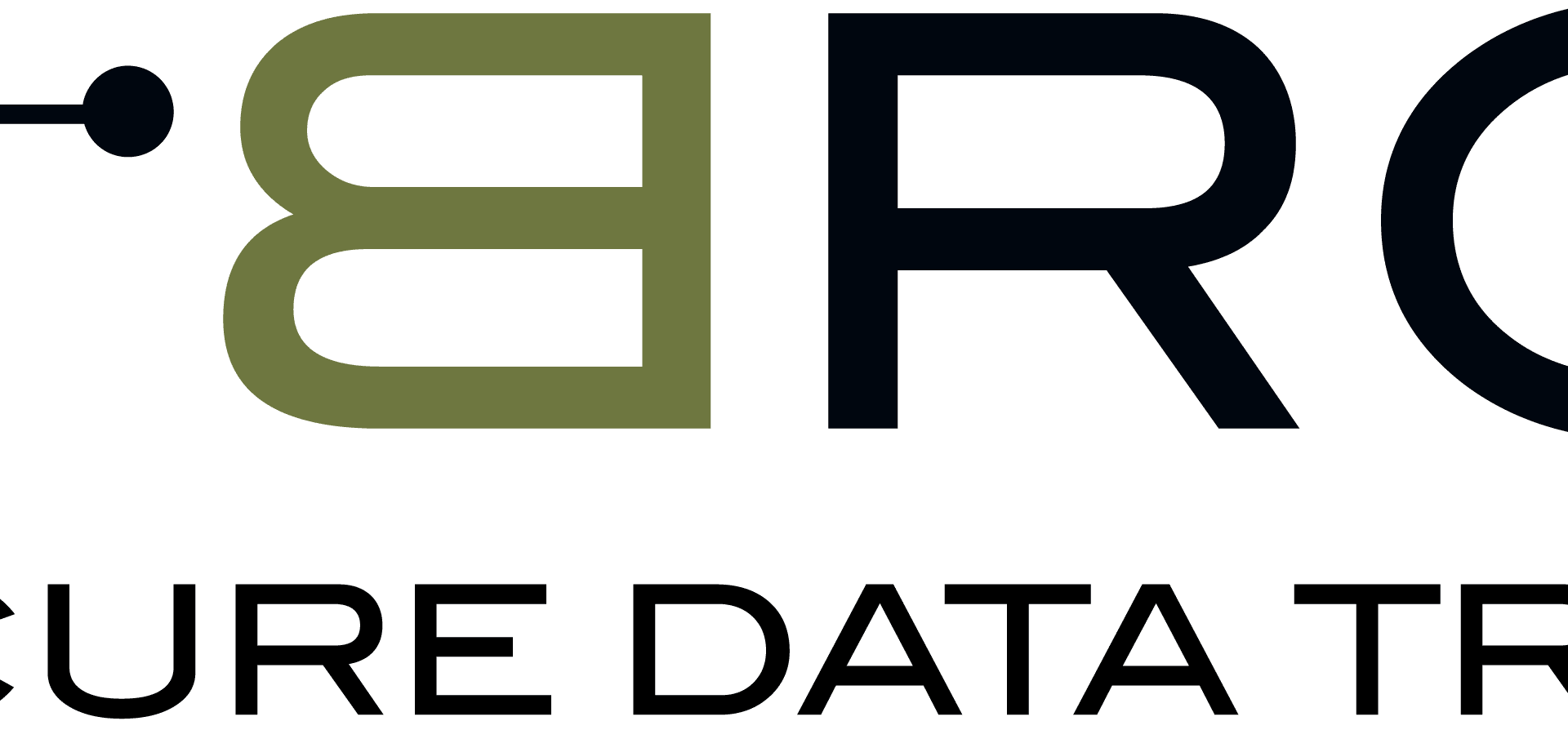The year 2025 marks a pivotal point in the evolution of the insurance and healthcare industries. With rapid technological advancements and a growing emphasis on patient-centricity, how we manage data, workflows, and interactions is dramatically transforming. In this dynamic landscape, two key players emerge: Enterprise Resource Planning (ERP) and Electronic Data Interchange (EDI).
ERP: The Orchestra Conductor of Information Flow
Imagine an insurance company or healthcare provider as a complex symphony orchestra. Each department – claims processing, billing, patient records, etc. – represents an instrument, playing its own crucial role in the overall harmony. ERP acts as the conductor, ensuring seamless communication and collaboration between these instruments. By integrating data from various sources into a single platform, ERP streamlines operations, improves efficiency, and empowers informed decision-making.
In the context of insurance, ERP systems can orchestrate:
- Policy management: From quoting and underwriting to renewals and claims, ERP can manage the entire policy lifecycle, reducing errors and improving customer service.
- Claims processing: Automation of claim submission, review, and adjudication can significantly decrease processing times and costs, leading to faster payouts for policyholders.
- Financial management: Real-time insights into expenses, revenue, and investments empower informed financial decisions and optimize resource allocation.
Similarly, in healthcare, ERP can:
- Patient record management: Securely storing and managing patient data across clinical and administrative departments enhances care coordination and improves treatment outcomes.
- Revenue cycle management: Automating billing, coding, and claims submission facilitates faster reimbursements and reduces administrative burden.
- Inventory and resource management: Optimizing inventory levels of medical supplies and managing equipment utilization ensures smooth operations and cost efficiency.
EDI: The Seamless Data Messenger
But even the most skilled conductor needs a reliable communication channel to relay instructions to the orchestra. This is where EDI steps in. EDI acts as the secure and standardized data messenger, enabling the automatic exchange of information between different entities within the insurance and healthcare ecosystems.
For insurance, EDI facilitates:
- Claim submissions: Electronic claim submission eliminates paper forms and manual errors, speeding up the adjudication process.
- Policy and premium data exchange: Automating data exchange between insurers, brokers, and agents reduces errors and improves communication efficiency.
- Inter-company communication: Seamless data exchange with reinsurers, third-party administrators, and healthcare providers fosters better collaboration and reduces operational costs.
In healthcare, EDI enables:
- Electronic medical records (EMRs): Securely sharing patient data between healthcare providers improves care coordination and reduces redundancies.
- Pharmacy and lab integrations: Automating prescription and lab test orders and results exchange eliminates errors and improves medication management.
- Claims and billing interactions: Streamlining the exchange of claims and billing data with insurers expedites reimbursements and reduces administrative workload.

The Future: A Symbiotic Dance of ERP and EDI
Looking ahead to 2025 and beyond, the future of ERP and EDI in insurance and healthcare lies in their increasingly symbiotic relationship. As ERP platforms become more sophisticated, their integration with EDI capabilities will deepen, creating a single, unified system for managing all data flows. This will lead to:
- Enhanced automation: Repetitive tasks like data entry and claim processing will be further automated, freeing up human resources for more complex tasks and patient interaction.
- Real-time visibility and insights: With all data centralized and accessible in real-time, insights into operational performance, patient health trends, and risk factors can be readily gleaned, enabling proactive decision-making.
- Improved patient experience: Streamlined workflows and faster claims processing will translate into shorter wait times, personalized care, and a more positive patient experience.
The integration of AI and machine learning into ERP and EDI solutions will further amplify their potential. AI-powered analytics can identify patterns and predict trends, empowering proactive risk management and personalized care recommendations. Machine learning can automate tasks with even greater accuracy and efficiency, further optimizing workflows and reducing costs.
Embracing the Intertwined Future
In conclusion, the future of insurance and healthcare hinges on the effective utilization of ERP and EDI solutions. By harnessing the power of these intertwined technologies, HubBroker APS is guiding these industries to achieve greater operational efficiency, deliver enhanced patient care, and ensure long-term sustainability. As 2025 unfolds, embracing this intertwined future will be crucial for insurance and healthcare organizations to thrive in the ever-evolving digital landscape.

